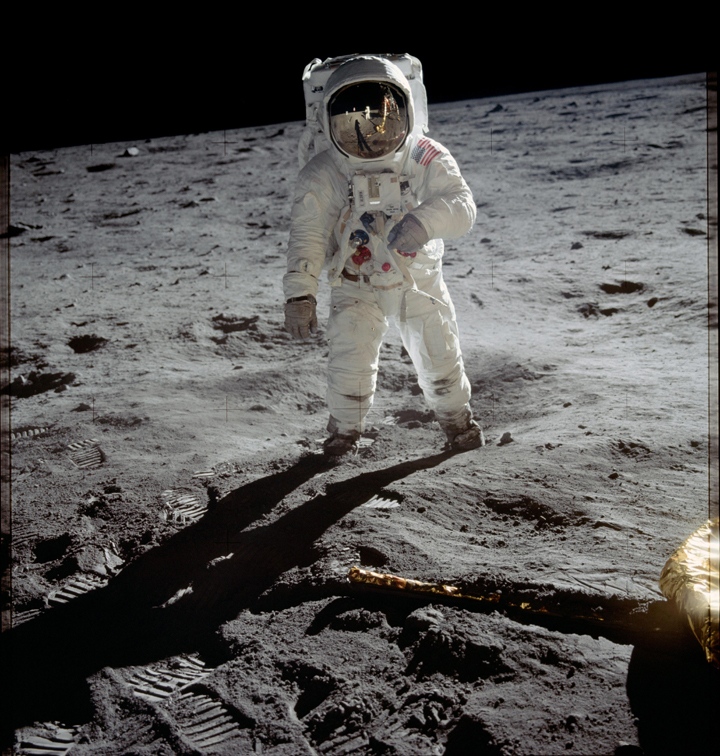A new study has found that Apollo astronauts are experiencing higher rates of cardiovascular disease, likely as a result of being exposed to space radiation.

NASA’s Apollo program sent 11 manned missions to the moon, from 1968 to 1972, with a total of 24 astronauts reaching lunar orbit.
READ MORE: NASA camera shows dark side of the moon crossing Earth
Voyaging to deep space is known to affect astronauts in various ways, from muscle degradation to bone density loss. But one of the biggest hurdles to space exploration is cosmic radiation.

The exact origin of cosmic rays is unknown, though it’s believed to originate from outside our solar system. These rays produce high-energy radiation. While on Earth, we are mostly protected from their effects. However, once outside the protection of Earth’s magnetic field, our bodies become vulnerable to this radiation.
A 2013 study involving NASA’s Curiosity rover concluded that during its voyage that the amount of radiation humans would be exposed to while voyaging to Mars exceeded NASA’s acceptable limits.
The new study, published in Nature’s Scientific Reports, is the first of its kind, studying the effects of radiation that no other group of astronauts has experienced.
The researchers found that, of the eight deceased Apollo astronauts, 43 per cent died of a “cardiovascular problem,” which is four to five times higher than astronauts today.
- A ‘zombie’ virus is raging among raccoons. What to know
- Ultra-processed food tied to higher risk of early death, study finds. What to avoid
- N.S. couple felt they won ‘doctor lottery’ after years on wait-list. Now they’re back on it
- Panera to remove ‘Charged Sips’ drink from Canada amid wrongful death lawsuits
READ MORE: NASA spaceman back from One-Year Mission on space station; gives thumbs up
“We know very little about the effects of deep space radiation on human health, particularly on the cardiovascular system,” said lead author of the study, Michael Delp. “This gives us the first glimpse into its adverse effects on humans.”
Aside from studying the astronauts themselves, the researchers also exposed mice to the same type of radiation experienced by the Apollo astronauts. They found that within six months (the equivalent of 20 human years), the mice developed vascular issues that can lead to cardiovascular disease in humans.
The study is of particular interest as there has been an increased effort by NASA to return astronauts to space. A manned mission to the moon, as part of the Orion program, is planned for some time around 2020. There are also plans to send humans to Mars.
WATCH: NASA astronaut Scott Kelly describes the physical changes to his body after year in space



Comments